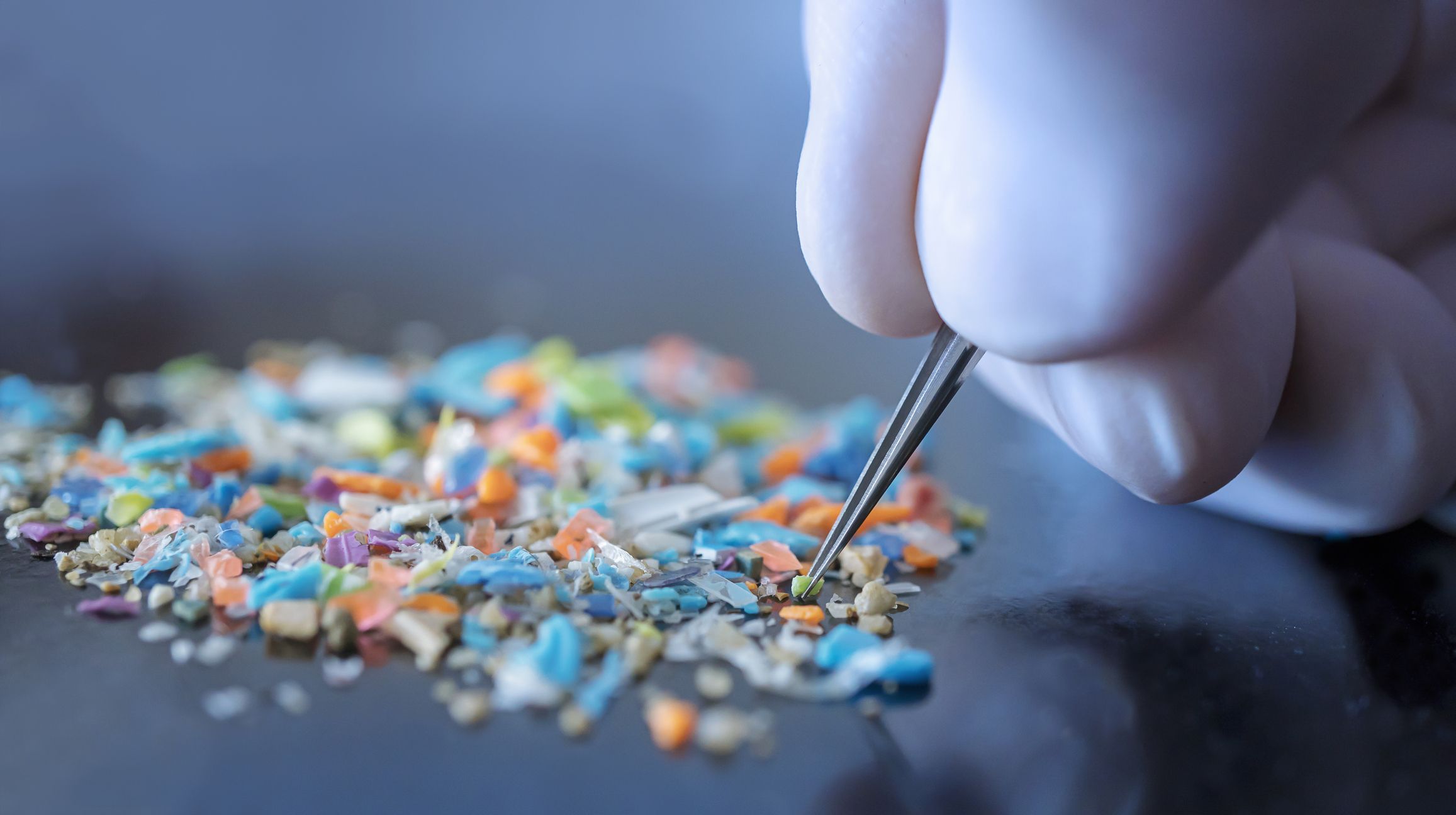Scientists have discovered microplastics in all samples of placenta tissue examined in a recent study. This finding is particularly alarming as other studies have linked nanoplastics to heart disease and an increased risk of heart attacks and strokes. These findings highlight potential risks to fetal development and raise concerns about the impact of plastic on mammalian life worldwide.

Microplastics in Placentas
In a study led by Dr. Matthew Campen, a team from the University of New Mexico examined 62 donated placentas and found microplastics in every single sample. The most common type of plastic found in the samples was polyethylene, which is commonly used in plastic bags and bottles. This plastic accounted for 54% of the microplastics found in the placentas.
Nanoplastics and Cardiovascular Health
The recent study published in the New England Journal of Medicine emphasizes the link between nanoplastics and an increased risk of heart attack or stroke. Patients with detectable microplastics and nanoplastics within the fatty substance in artery walls, known as atheroma, were found to be at a higher risk of experiencing heart-related events, including myocardial infarction, stroke, or death.
Size Matters: Understanding Microplastics and Nanoplastics
Microplastics are plastic particles with a diameter less than 5 mm, while nanoplastics range in diameter from 1 to 100 or 1000 nanometers. To put this into perspective, there are approximately 10 million nanometers in a centimeter. While current scientific consensus is still lacking regarding the potential health impacts of these particles, the presence of microplastics and nanoplastics in vital organs raises concerns.
The Urgency to Address Plastic Pollution
Plastic pollution continues to escalate, with the amount of plastic expected to double every 10 to 15 years. Even if we were to take decisive action today, it is projected that there will be three times as much plastic in the environment by 2050. This global challenge requires immediate attention to safeguard not only our health, but also the well-being of future generations.
Key Takeaways
- Microplastics were found in every human placenta examined in a recent study, raising concerns about fetal development.
- Polyethylene, the plastic used in bags and bottles, was the most common type found in the placenta samples.
- A separate study linked nanoplastics to an increased risk of heart attacks and strokes.
- Microplastics are plastic particles smaller than 5 mm, while nanoplastics range from 1 to 100 or 1000 nanometers in diameter.
- Urgent action is needed to address plastic pollution and its potential impact on human health.
